Ignore the Meta Quest 3, buy that Apple VR/AR headset anyway — I dare you
Go on… You know you want to
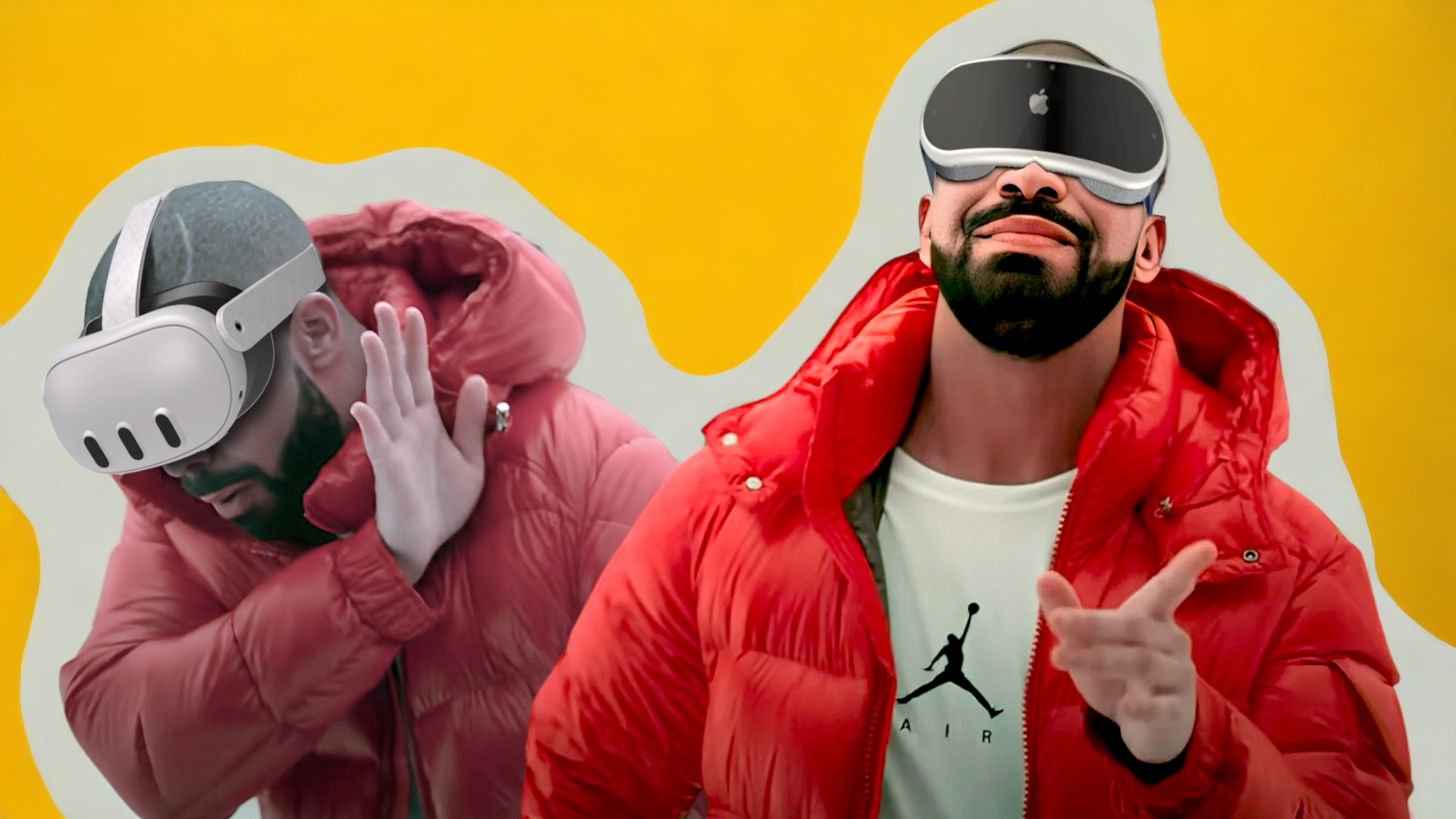
It’s been a busy week in tech with Nvidia transplanting artificial brains into NPCs, MSI accidentally revealing Intel’s 14th Gen CPUs, and Meta CEO Mark Zuckerberg revealing the Meta Quest 3 hours before the Meta Quest Gaming Showcase took place, exactly as we predicted. A busy week indeed.
The reveal of the Meta Quest 3, while puzzling in its execution, is pretty big news. Not only does it highlight Meta’s unflappable persistence in trying to make the Metaverse a thing, but it also stands as one of the biggest “stay in your lane” moments the VR industry has ever seen. In just a few days' time, some poor soul has to take the stage at WWDC 2023 and reveal the long-rumored, hotly-anticipated Apple VR/AR headset will cost $3,000 (at least according to the rumors) — six times that of the Meta Quest 3’s $499 price tag.
I’ve previously likened Apple’s new “Reality Pro” VR/AR headset to little more than a $3,000 dev kit. I pointed out that this year’s big reveal could be less about the product itself and more to do with bolstering the slightly waning interest in VR/AR — a way to drum up hype before a second generation of Apple headsets swoops in to reap the reward.
However, disrupting those plans is the Meta-phorical roadblock that is the Quest 3. Whatever hype Apple builds about VR/AR will land right into Meta’s lap as they deliver a decently powerful, more affordable option with far wider appeal.
But fear not, Apple fans. Because in spite of all that, I know what’s really important to you all. I read our Laptop Mag Facebook comments. I’ve gotten the inflamed direct messages you’ve sent to my personal social media. I read you loud and clear — and you’re right: the Apple VR/AR headset will be the better device. So, you absolutely should ignore the Meta Quest 3 and put your money down on the Apple VR/AR headset instead. Why? Here’s why.
Apple understands design

If leaked renders of the Reality Pro are accurate, anyone with at least one functioning eye can point out the glaringly obvious here. The Quest 3 is a box you wear on your face that transforms you into some sort of mythical triclops (if that’s even a thing) lifted right out of Greek mythology.
Meanwhile, just take a lovely look at a 3D artist’s rendition of the Reality Pro (based on leaked information) — it’s not half bad, is it? It looks like something actually designed for a human face. I mean sure, it looks like something designed for a professional welder, but you wouldn’t look a complete prat wearing it. In fact, if you wore it while skiing, you’d blend right in. Try wearing the Quest 3 in Aspen, however, and you’d look ridiculous.
Sign up to receive The Snapshot, a free special dispatch from Laptop Mag, in your inbox.
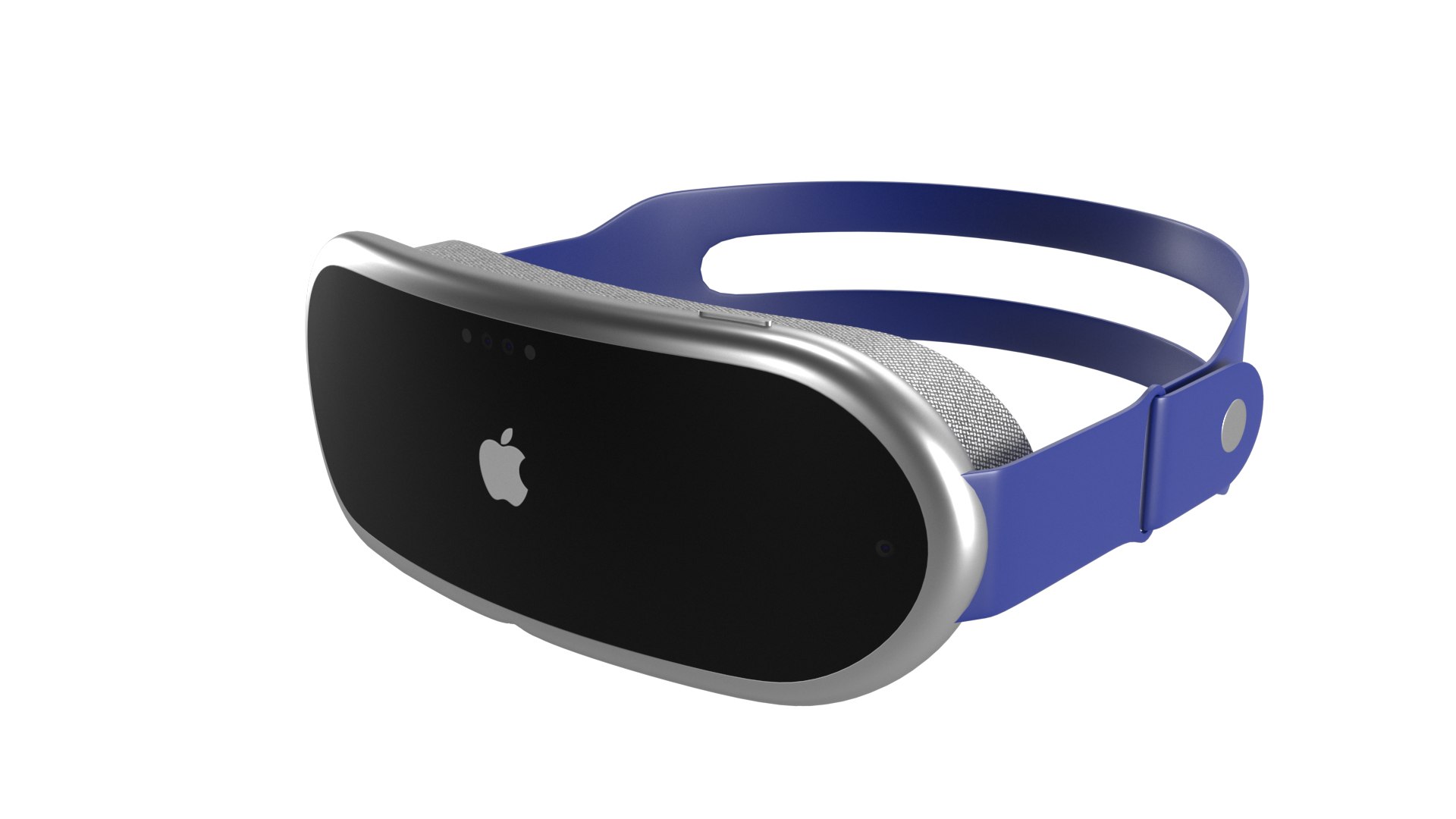
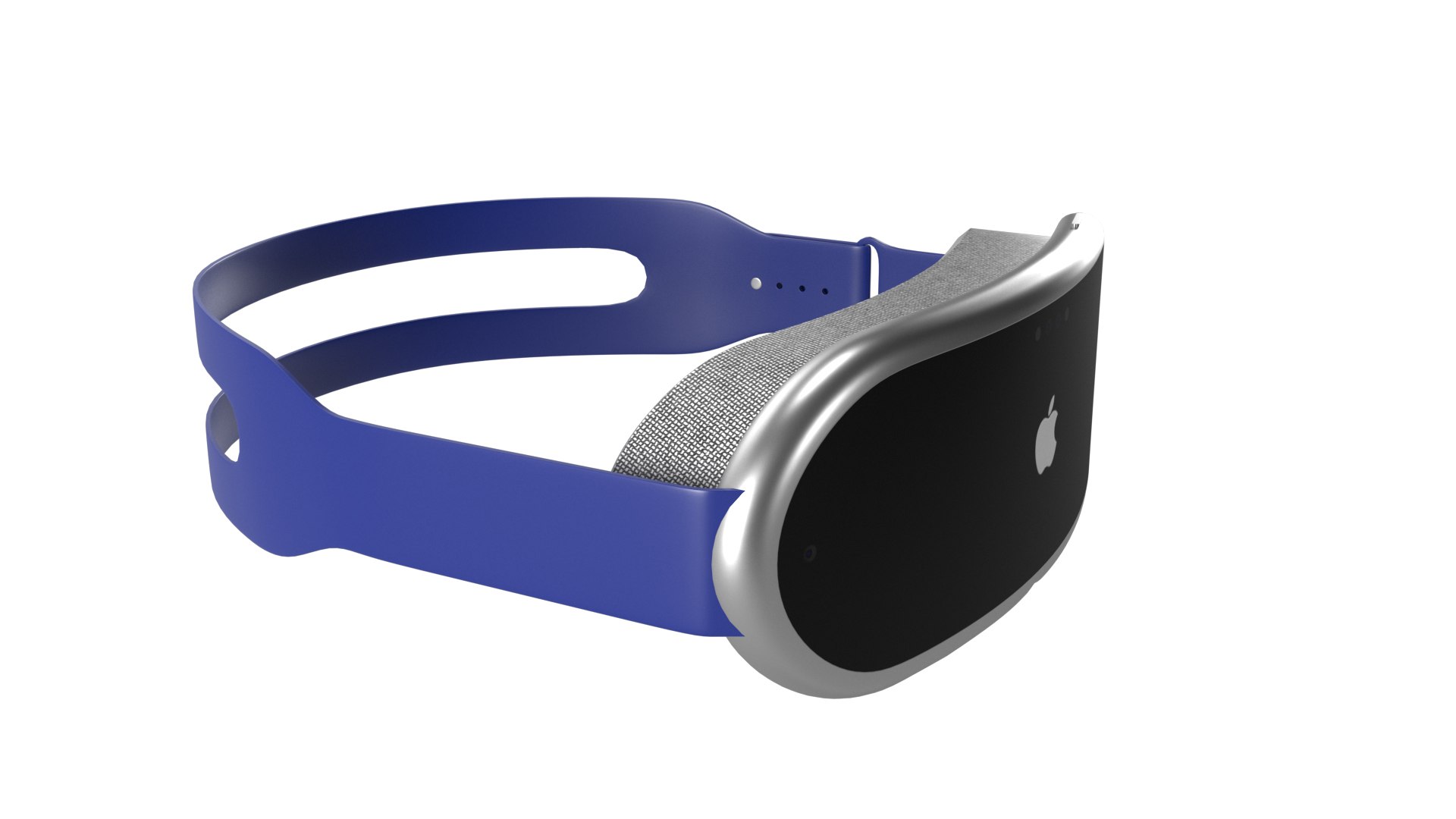


Even after slimming down like it’s on Ozempic, the Quest 3’s frame still looks almost orthoptic in nature. Do you see that subtle bend in the Reality Pro? That’s a curve, that is. It’s a fundamental principle of design if you’re looking to create something cool and sexy. The Meta 3 also has a bit of a curve to it, but honestly, I feel like most of that comes from that weird beveled plate on the front of it, which looks like you’ve forgotten to take the dust cap off.
No, I’m afraid the only bend associated with the Meta 3 will be the mental gymnastics people will put themselves through to believe they won’t look like an extra in a budget sci-fi flick while wearing it.
The Reality Pro — it really whips the llama's ass

Let’s get all technical for a moment and delve into what going on inside each headset. It’s boring I know, but stick with me.
According to (occasionally wildly inaccurate) Bloomberg tech guru Mark Gurman, the Meta Quest 3 is outfitted with a Qualcomm Snapdragon XR2 Gen 2 processor. While Meta didn’t confirm that fact, it did state that the “next-gen Qualcomm Snapdragon” chipset inside is capable of twice the performance of its predecessor, the Meta Quest 2. After some hands-on time with the Zuckerberg machine, Gurman claimed it to be quite fast and snappy — he also said the Meta Quest 3 was good too.
That’s all good and well until you realize Apple is likely to make use of its M2 SoC for the Reality Pro. Those Snapdragon improvements pale in comparison to the awesome performance the M2 is already capable of. In fact, according to a leaked Chinese benchmark, the XR2 Gen 2 processor and its Adreno 740 GPU are capable of outputting 226 FPS (frames per second) at an average power consumption of 7.5W. The M2, on the other hand, is capable of 379 FPS at 22.6W (which could explain that little battery purse you’re expected to wear.)
Just to note, these aren’t real-world figures, factor in throttling to avoid thermal build and the numbers can dip noticeably. The difference, however, will still remain.
Oh, and I forgot to mention — the Apple VR headset will have two M2 chips. So that pretty much settles things. It’ll be the most powerful headset there is. Hands down.
The brand
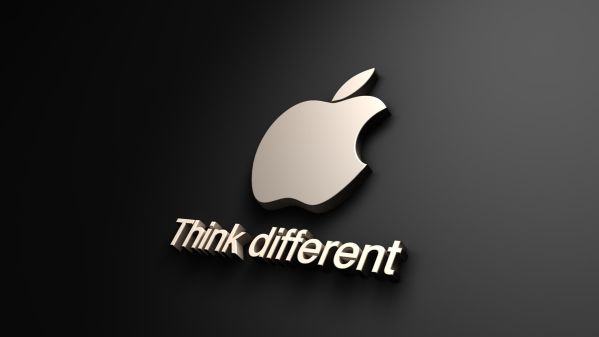
Another big thing that separates these two devices? Only one will have that little apple on it. Whether you want to say it’s a mark of quality or a symbol of status is up to you, but that little logo could be worth the price of entry alone to some. Especially given that total production is likely to cap at just 300,000. That’s a pretty elite club. Not only would you be among the first generation of Apple VR users, well, you’d get all the likes on Instagram. That’d really draw attention.
And who cares what it costs, that’s your brand — that’s your ecosystem. We all know that Apple products cost more because they do more. The price is an indicator of quality, just the same as the logo. All your favorite apps will be there too, and more. Apple is a huge brand with powerful devices, the big guns will come to them — there’s already a great deal of speculation about big game titles making their way to the Reality Pro.
It’s a safe bet; it’s the brand you know and love. So why look elsewhere? Everything you’ll ever truly need will have that little Apple logo on it, which is all the more reason that when it comes to VR it only makes sense to do the same. Even if you decided to jump ship on this one, in a couple of headset generations, you’ll be right back for Apple Glasses anyway. So why dip out now, when you could be building a library of VR and AR content to enjoy across a number of future devices?
Outlook
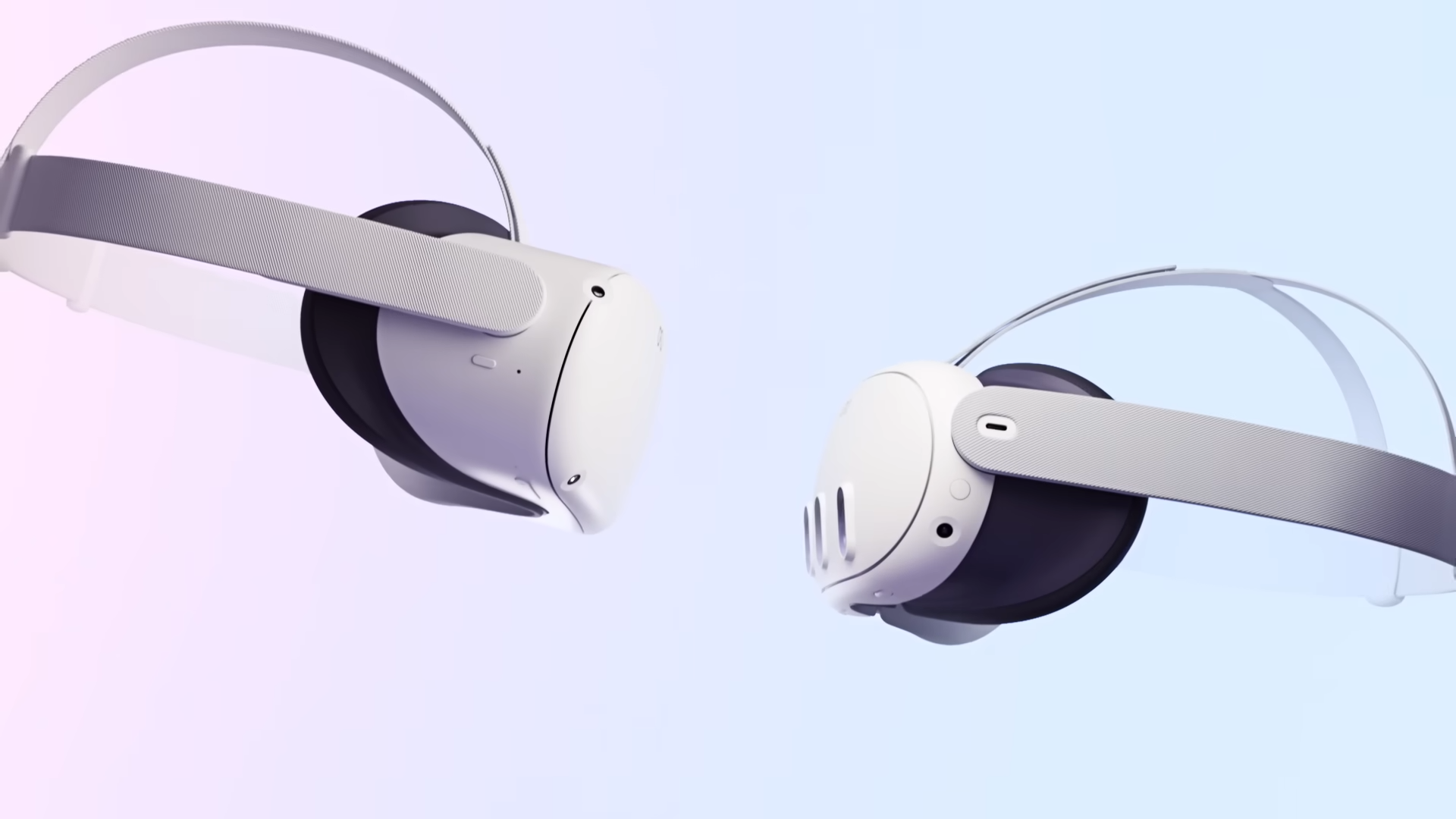
There are a lot of great points to be made when it comes to the validity of Apple’s Reality Pro headset — and that’s coming from me, someone who has… Shall we say, “pooh-poohed” the idea for a good while now. But I would be remiss if I didn’t at least close this out with the slightest of reality checks.
The Meta Quest 3 might look like the glasses case accessory for the Reality Pro, but who cares what it looks like — you won’t see it. And you likely won’t be taking it outside anyway. Have you seen what direct sunlight can do to the lenses of these things? Not to mention how sweaty things can get in them.
Even if Apple’s headset is integrated into the world through AR, you’re still unlikely to use it outside all that much anyway. Mainly because if you’re that focused on looks and style, the last thing you’ll want to do is adorn yourself with a summer tan that completely avoids your eyes, forehead, and temples.
The Reality Pro’s power is only a factor if this device seeks to really use it. But even then, you can augment any performance downfalls the Meta Quest 3 might suffer from by using it as a PC VR headset too — unlocking an enormous library of VR titles that can offer visuals as dazzling as your setup can support.
The Reality Pro might be the better device. In fact, it will be. However, the Meta Quest 3 will almost certainly be the better product. But hey, what do I know? Buy the Apple Reality Pro instead. Go on, I dare you.

Rael Hornby, potentially influenced by far too many LucasArts titles at an early age, once thought he’d grow up to be a mighty pirate. However, after several interventions with close friends and family members, you’re now much more likely to see his name attached to the bylines of tech articles. While not maintaining a double life as an aspiring writer by day and indie game dev by night, you’ll find him sat in a corner somewhere muttering to himself about microtransactions or hunting down promising indie games on Twitter.
